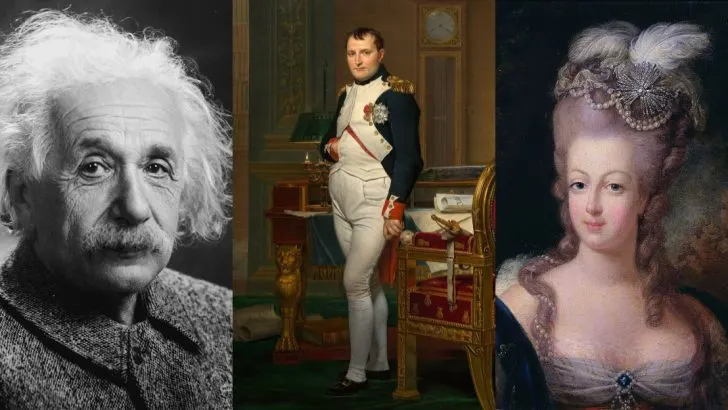Throughout history, many events have been incorrectly remembered or misrepresented over time. These inaccuracies often shape our understanding in ways that stray far from the truth.
Here, we explore thirteen such misunderstood moments, debunking the myths and bringing clarity to commonly held beliefs.
The Flat Earth Belief

Many assume that during the Middle Ages, people widely believed the Earth was flat. This myth persists despite evidence to the contrary.
Educated individuals, especially scholars, understood the Earth’s spherical nature long before Columbus. The flat Earth narrative mainly emerged from misinterpretations of ancient texts.
nnColumbus’s journey, often cited as proof he faced skepticism about the Earth’s shape, was actually about the voyage’s length. His critics didn’t doubt Earth’s roundness, but rather his calculations.
nnThis myth endures, highlighting how misconceptions can overshadow historical truths, shaping narratives inaccurately.
Marie Antoinette’s Infamous Quote
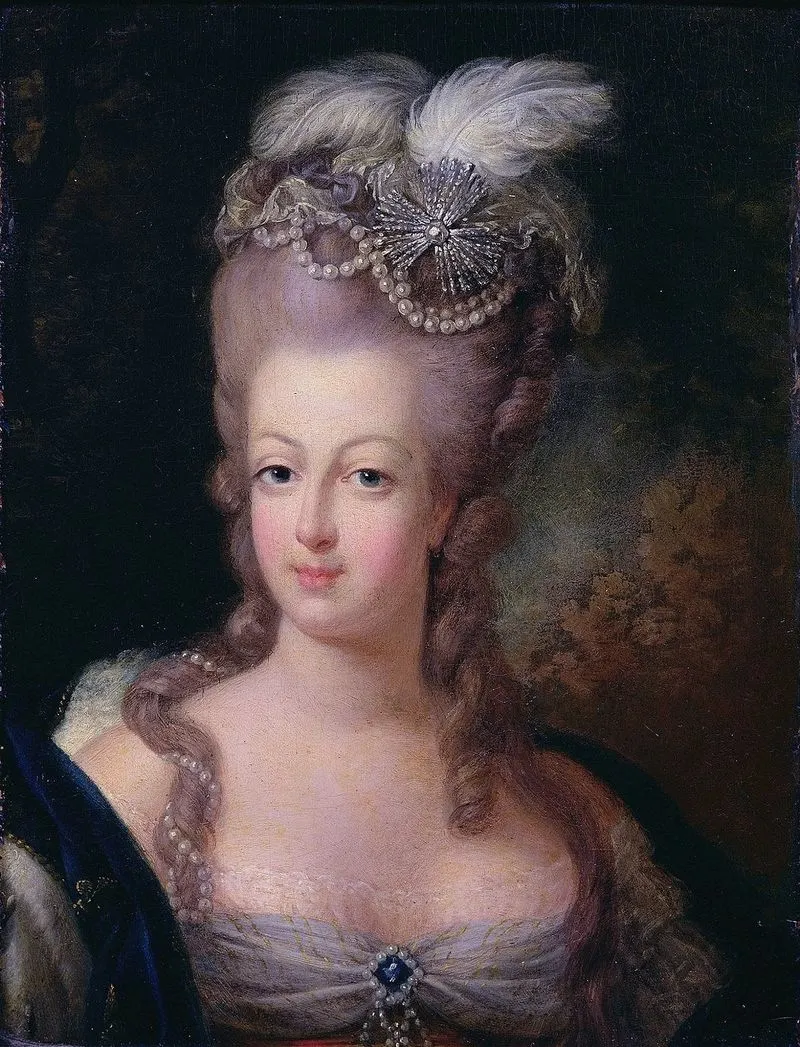
“Let them eat cake” is a phrase mistakenly attributed to Marie Antoinette, suggesting her indifference to the starving poor. This statement, however, predates her, appearing in Rousseau’s works.
nnMarie Antoinette became a scapegoat for France’s financial woes, her image tarnished by political propaganda. Her actual concern for the poor remains underappreciated, overshadowed by this misquote.
nnThis myth reflects how powerful narratives, even when false, can persist and alter perceptions of historical figures.
Napoleon’s Short Stature
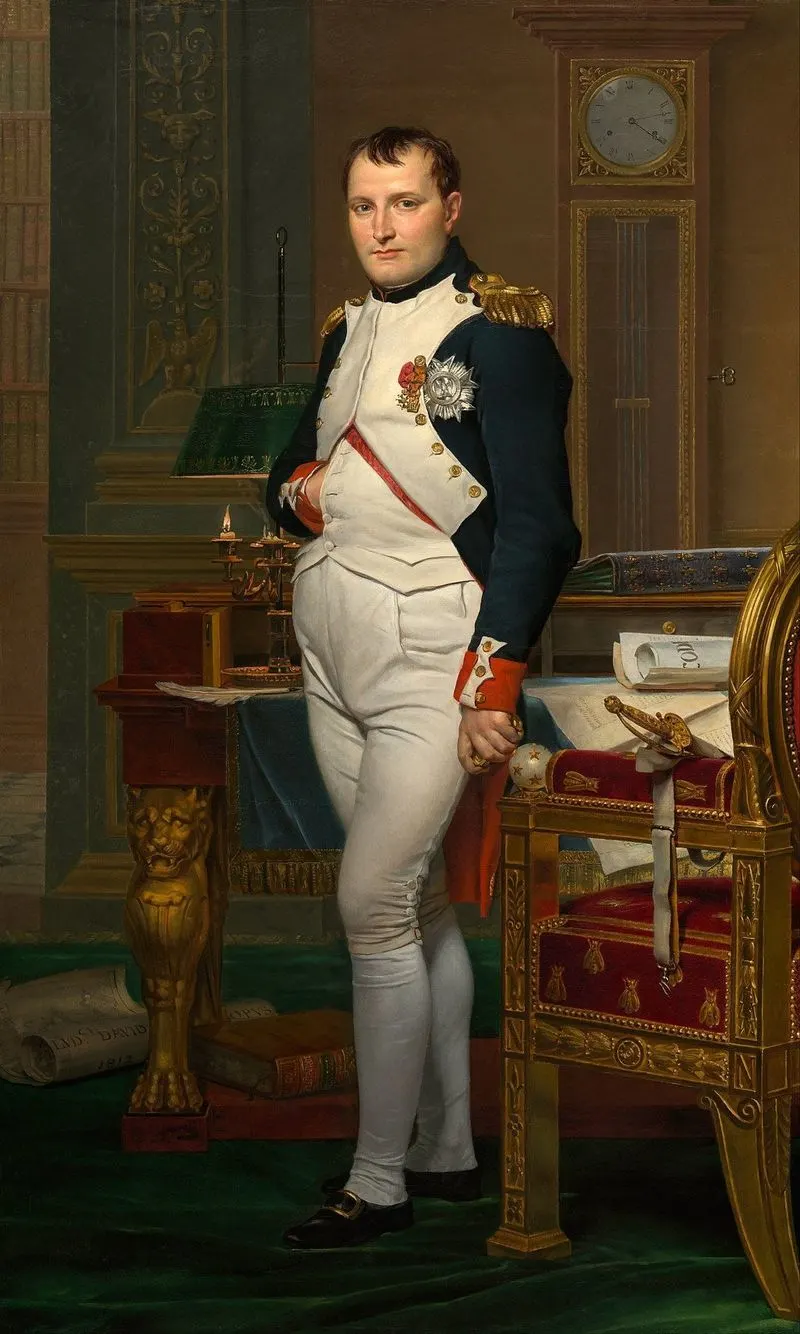
Contrary to popular belief, Napoleon Bonaparte was not unusually short. Standing at about 5’7”, he was average height for his time.
The misconception arose from a mix-up between French and British measurements. nnBritish propaganda further fueled the myth, portraying him as diminutive to undermine his formidable reputation.
The “little corporal” nickname, reflecting endearment rather than stature, contributed to this image. nnThis enduring myth exemplifies how propaganda and cultural differences can distort historical truths.
The Hundred Years’ War Duration
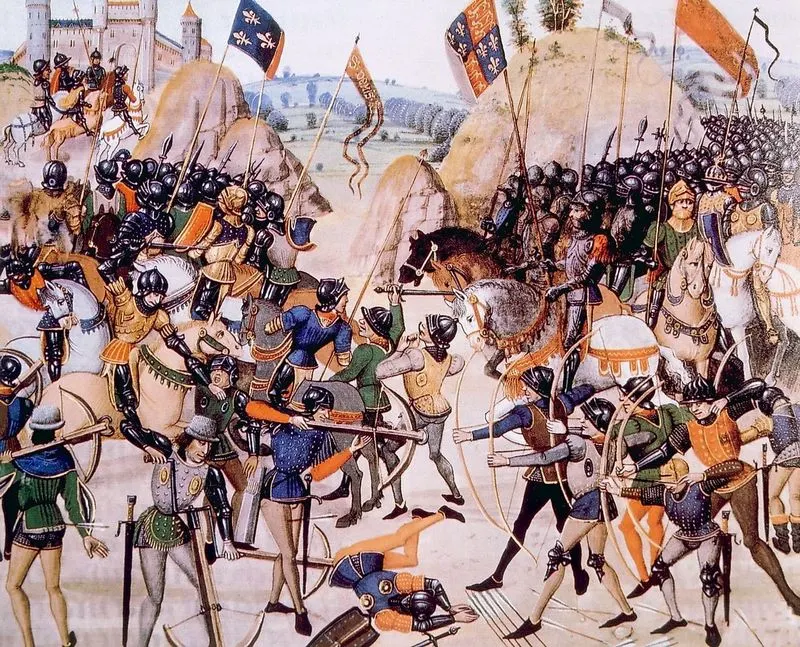
The Hundred Years’ War, contrary to its name, spanned 116 years from 1337 to 1453. This conflict between England and France consisted of numerous battles and periods of peace.
nnNamed for its roughly centennial span, this title simplifies a complex series of events. The war saw several phases, driven by evolving political and territorial disputes.
nnUnderstanding its true length helps appreciate the intricate history behind its misleading name, showcasing how simplified labels can obscure detailed realities.
Salem Witch Trials and Executions
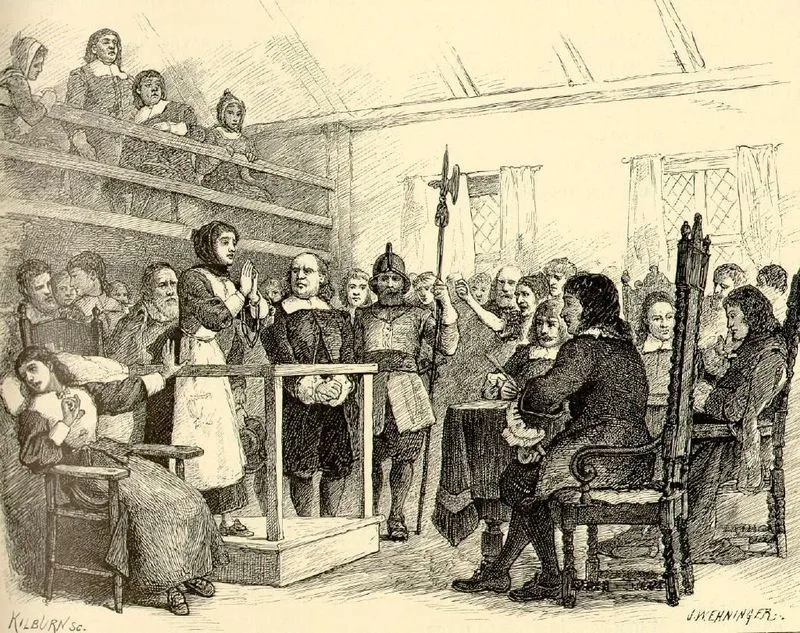
The Salem witch trials of 1692 did not result in mass executions. In reality, twenty people were executed, and many more were accused or imprisoned.
nnThe trials reflected deep-seated societal fears and the dangers of mass hysteria. Stories exaggerate the scale, overshadowing the individual tragedies and injustices.
nnRecognizing the actual numbers highlights the personal toll and the broader implications of fear-driven justice during this period.
Vikings’ Horned Helmets
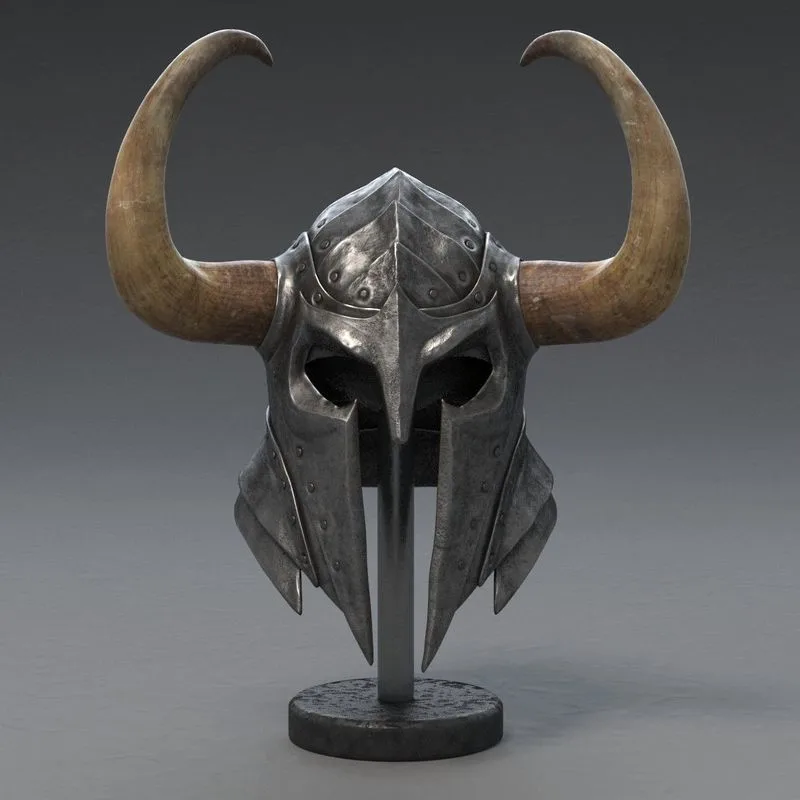
Vikings are often depicted wearing horned helmets, yet no historical evidence supports this. This stereotype emerged from 19th-century romanticism and theatrical costumes.
nnActual Viking helmets were practical, designed for battle without the cumbersome horns. The image persists in popular culture, overshadowing genuine archaeological findings.
nnAcknowledging the myth allows for a more accurate understanding of Viking culture, free from fanciful embellishments.
The Great Wall Visible from Space

The notion that the Great Wall of China is visible from space is a common misconception. While vast, the structure is not distinctly visible to the naked eye from low Earth orbit.
nnAstronauts report that its color blends with the natural landscape, making it difficult to distinguish without magnification. This myth underscores our fascination with human achievements, often exaggerating their visibility.
nnUnderstanding its limits enhances appreciation for the Wall’s true scale and its architectural brilliance.
Einstein’s School Struggles

Myth suggests Albert Einstein struggled academically, yet records show he excelled in math and science. His nonconformity led to conflicts, often mistaken for poor performance.
nnThis narrative oversimplifies his childhood, ignoring his early aptitude and curiosity. Einstein’s challenges lay in rigid educational systems, not intellectual inability.
nnCorrecting this myth honors his true legacy, emphasizing the need for educational environments that nurture diverse talents.
George Washington’s Wooden Teeth
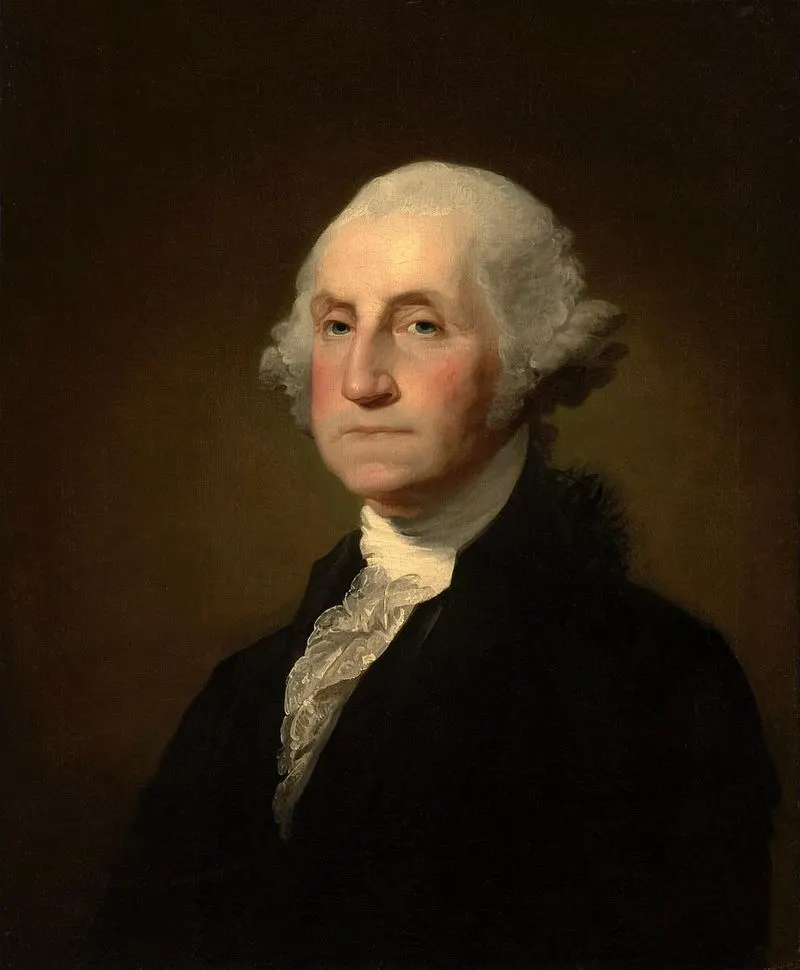
George Washington did not have wooden teeth; his dentures were crafted from materials like ivory and metal. This myth likely arose from the appearance of the materials used, which could stain and look wooden over time.
nnThe misconception highlights how even trivial details can become widely accepted, overshadowing factual accounts. nnRevisiting such myths encourages critical examination of historical narratives, revealing a more nuanced past.
Cleopatra’s Beauty

Cleopatra is often remembered for her beauty, overshadowing her intelligence and political acumen. Ancient coins and writings suggest she was admired for her wit and eloquence.
nnHer reign was marked by strategic alliances and diplomatic prowess, which were crucial to her success. This focus on beauty reflects societal tendencies to undervalue women’s achievements.
nnReassessing Cleopatra’s legacy emphasizes her true strengths, challenging superficial historical portrayals.
The Signing of the Magna Carta
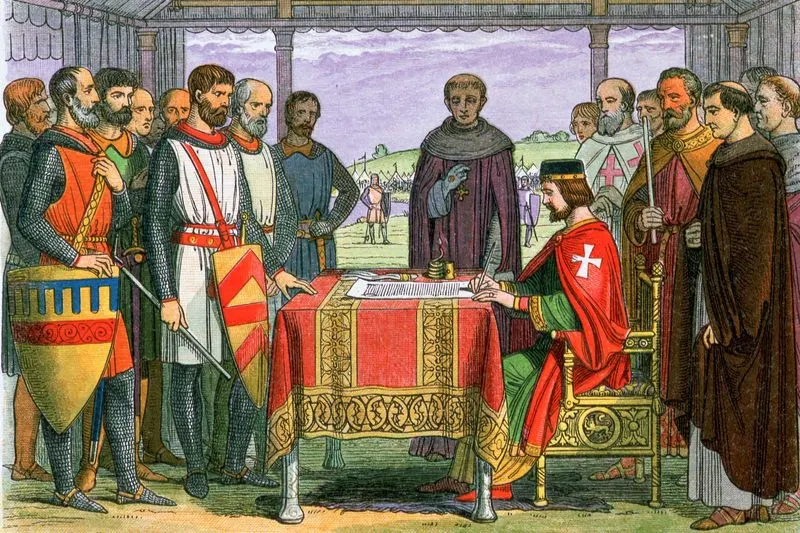
The Magna Carta was not dramatically signed but rather sealed by King John in 1215. This event was more a negotiation with rebellious barons than a single, momentous act.
nnOften romanticized as the birth of modern democracy, its immediate impact was limited. Over time, it gained significance as a symbol of liberty and justice.
nnDistinguishing myth from reality helps appreciate its evolving role in legal and cultural history.
Paul Revere’s Midnight Ride
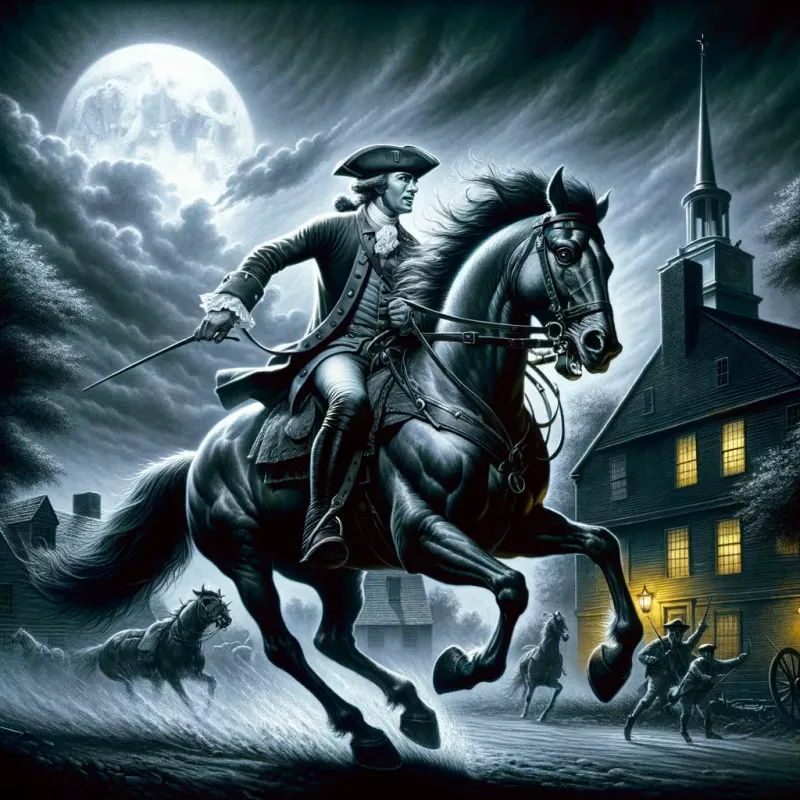
Paul Revere never shouted “The British are coming! ” during his 1775 ride.
His mission was discreet, avoiding alerting British troops. nnThis myth, popularized by Longfellow’s poem, oversimplifies Revere’s role in the Revolutionary War.
His ride was part of a broader network of messengers. nnAcknowledging the accurate story honors the collective efforts in the fight for independence, beyond a single hero’s tale.
The Trojan Horse and its Literal Interpretation
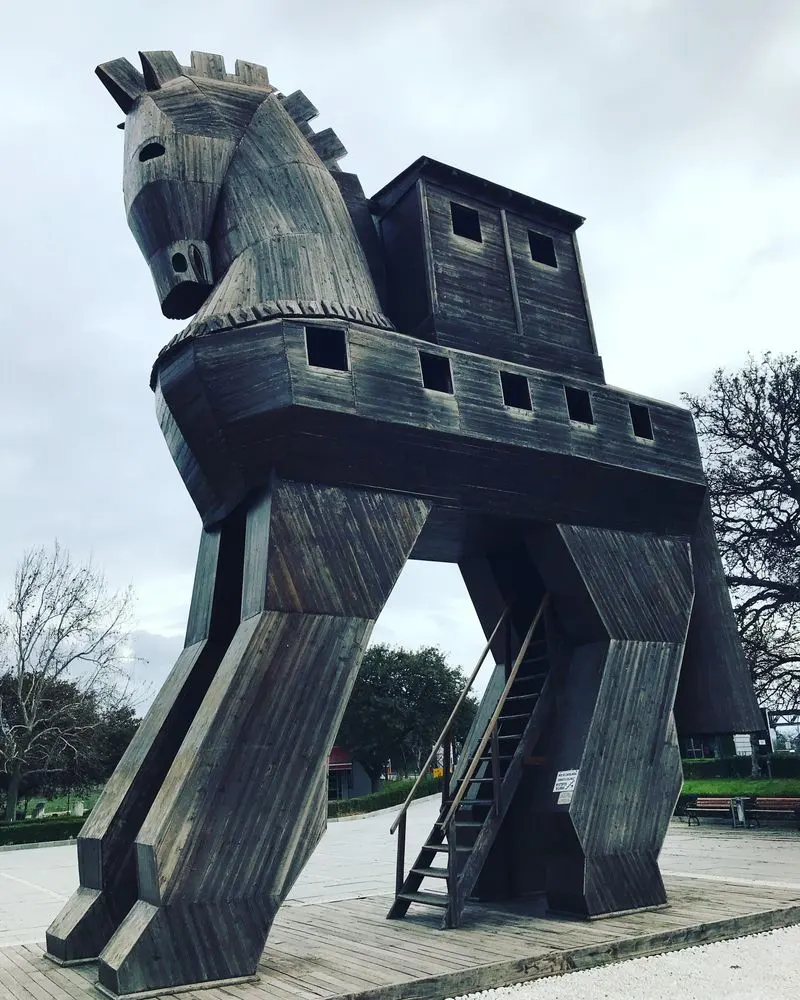
Many envision the Greeks hiding in a giant wooden horse, yet this story may be metaphorical. Ancient sources like Virgil’s “Aeneid” suggest it as a symbol of cunning, not necessarily a physical object.
nnThis interpretation invites exploration of myth’s symbolic meanings rather than literal narratives. nnConsidering the metaphorical angle provides richer insights into the art of ancient warfare and storytelling.

